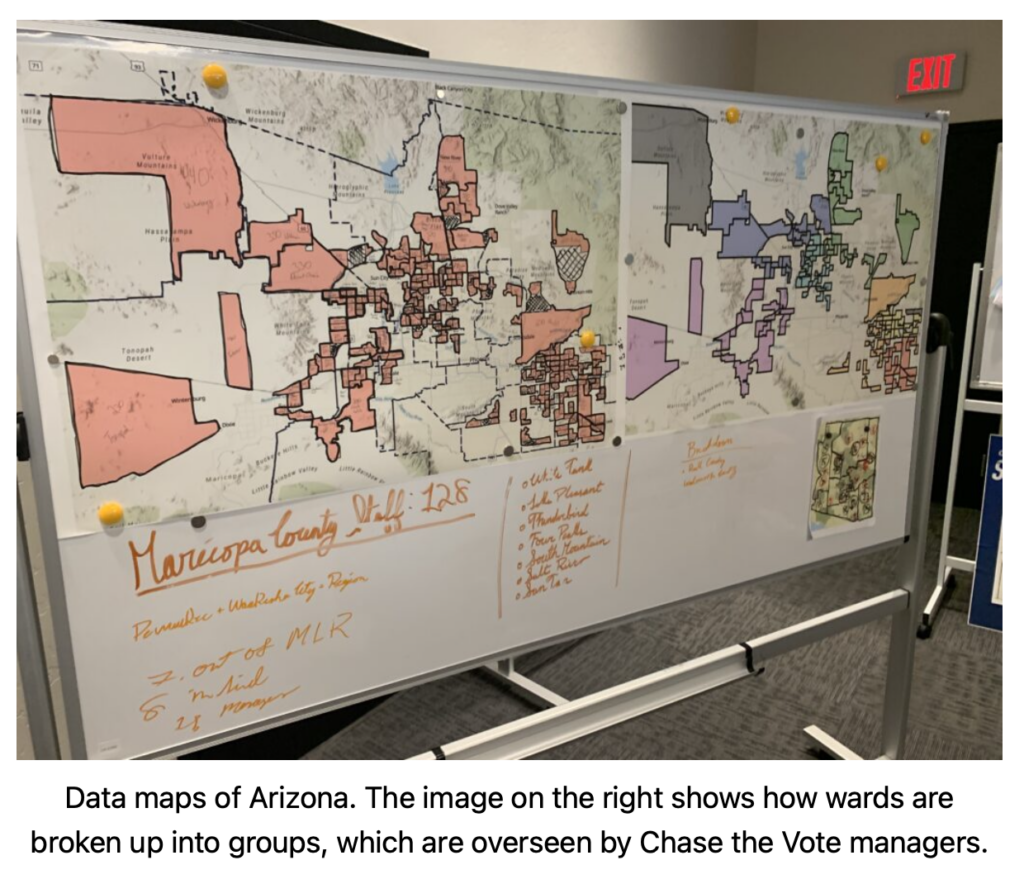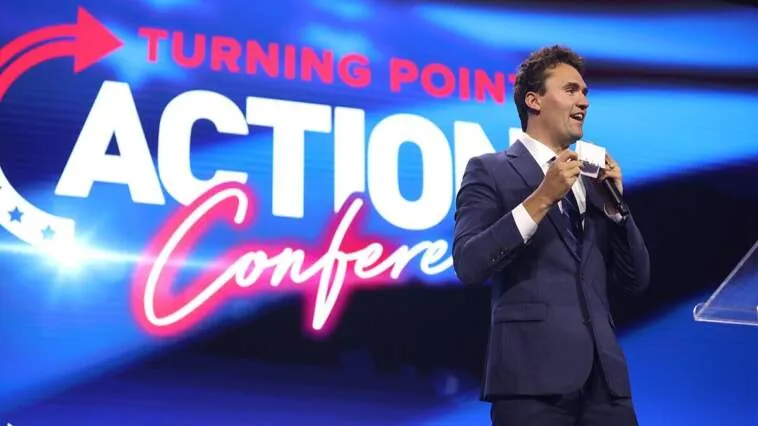(The Federalist) It’s not lost on conservatives that Democrats have mastered the art of modern-day electioneering. Through the use of left-wing voter registration groups bankrolled by wealthy Democrat donors and highly sophisticated ballot chasing operations, Democrats have crafted a state-of-the-art machine designed to accrue their candidates an advantage over Republicans ahead of Election Day.
The GOP’s failure to mimic similar operations has contributed to numerous electoral defeats in the years since the 2020 election and the coincident expansion of mail-in voting — but one conservative group is hoping to change that trend.
Last week, Turning Point Action (TPA), the 501(c)(4) political advocacy arm of Turning Point USA, held its first series of trainings for hired activists to chase Republican-favorable ballots in the months leading up to the November elections. Known as “Chase the Vote,” the initiative seeks to offset Democrats’ strategy by identifying, engaging, and mobilizing primarily low-propensity GOP voters in Arizona, Wisconsin, and potentially Georgia.
“There are all these people who do not vote [and] who are on the early voter rolls,” Tyler Bowyer, Turning Point Action’s chief operation officer and Arizona’s RNC committeeman, told The Federalist. “We need to make sure that they vote, whether that’s early or in person.”
Training GOP Ballot Chasers
Part of TPA’s training is instructing chasers on how to engage with prospective GOP voters — and that means identifying the problems with the Republican Party’s current approach to voter outreach.
The general consensus among the roughly two dozen Arizona chasers who attended last week’s training was that the GOP’s methods are ineffective and impersonal. Attendees described them as “transactional” and opined that the party’s tactics regularly fail to connect with electors in ways that prompt them to vote.
At one point, Bowyer — who led the training — asked who among the trainees previously worked on a Republican outreach campaign and whether they were instructed by the party to follow-up with the list of voters they were given. Of the roughly half who said they worked on such a campaign, not a single trainee raised their hand when asked the latter question.

“Sometimes, [Republicans] might say they want to go door knocking but it’s usually just right before a voting period,” Arizona resident and Chase the Vote manager Julie Fisher told The Federalist. “It’s not such a focused effort to where we’re actually going out and engaging with [voters] on a consistent basis.”
TPA’s strategy departs from the traditional GOP voter outreach model by building relationships with prospective voters in the months leading up to election season. Bowyer instructed TPA’s new recruits on how to employ a community-based approach that involves forming personal ties with these potential voters and following up with them after initial contact.
Trainees are advised to make connections with low-propensity voters in more natural ways than just reading off a prepared script. This includes finding points of common interest and generating conversations based on general topics, such as family or an American flag displayed outside the voter’s house. The goal for chasers, according to Bowyer, is to avoid coming off as the election version of a car salesman or telemarketer.
Equally significant is that chasers are pursuing ballots in the communities in which they live, allowing them to use their knowledge of and connections within their neighborhoods to present a sense of authenticity and better connect with prospective GOP electors in their area. The ultimate goal is for chasers to form a relationship and establish trust with these low-propensity Republicans and encourage them to vote in upcoming primary and general elections.
How the Sausage is Made
So, if forming relationships with voters is such a big facet of TPA’s ballot chasing strategy, how do these chasers know which electors they’re supposed to target?
Using the most recent voter roll data acquired from local and state governments, Chase the Vote’s Matthew Martinez crafted hand-drawn maps “from scratch” that identify areas with significant amounts of low-propensity GOP voters. Each custom ward or precinct contains hundreds of these prospective electors. Neighboring territories are placed into groups, which will be overseen by Chase the Vote managers from those respective regions.

“Each of [these] territories are extremely unique,” Martinez told The Federalist. “We don’t want to draw a blanket across Arizona and expect that to cover everybody. The best way for us to organize is have it tailored to the exact circumstances of the people in the community of [these] territories. And that’s how we made the maps.”






